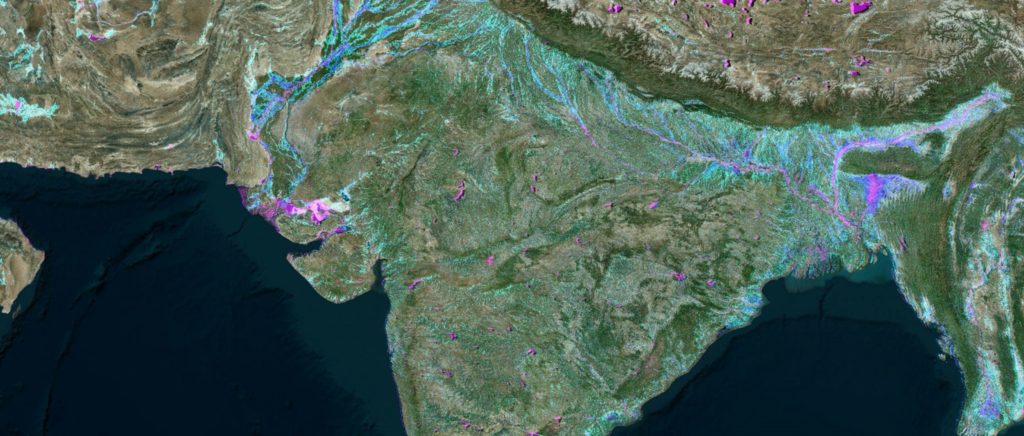A hugely influential paper that describes a new mathematical formulation of the equations used to describe the flow of water within 2D flood models such as LISFLOOD-FP. This reduced the time required to simulate a flood event on a computer by an order of magnitude and allowed the concept of high resolution continental and global scale models to be considered for the first time. This paper led to Professor Paul Bates being awarded the ‘Science of Risk’ prize by the Lloyds insurance market in 2012.
This paper describes the development of a new set of equations derived from 1D shallow water theory for use in 2D storage cell flood inundation models where flows in the x and y Cartesian directions are decoupled.
The new equation set is designed to be solved explicitly at very low computational cost, and is here tested against a suite of four test cases of increasing complexity. In each case the predicted water depths compare favourably to analytical solutions or to simulation results from the diffusive storage cell code of Hunter et al. (2005). For the most complex test involving the fine spatial resolution simulation of flow in a topographically complex urban area the Root Mean Squared Difference between the new formulation and the model of Hunter et al. is ∼1 cm.
However, unlike diffusive storage cell codes where the stable time step scales with (1/Δx)2, the new equation set developed here represents shallow water wave propagation and so the stability is controlled by the Courant–Freidrichs–Lewy condition such that the stable time step instead scales with 1/Δx. This allows use of a stable time step that is 1–3 orders of magnitude greater for typical cell sizes than that possible with diffusive storage cell models and results in commensurate reductions in model run times.
For the tests reported in this paper the maximum speed up achieved over a diffusive storage cell model was 1120×, although the actual value seen will depend on model resolution and water surface gradient. Solutions using the new equation set are shown to be grid-independent for the conditions considered and to have an intuitively correct sensitivity to friction, however small instabilities and increased errors on predicted depth were noted when Manning’s n = 0.01. The new equations are likely to find widespread application in many types of flood inundation modelling and should provide a useful additional tool, alongside more established model formulations, for a variety of flood risk management studies.

